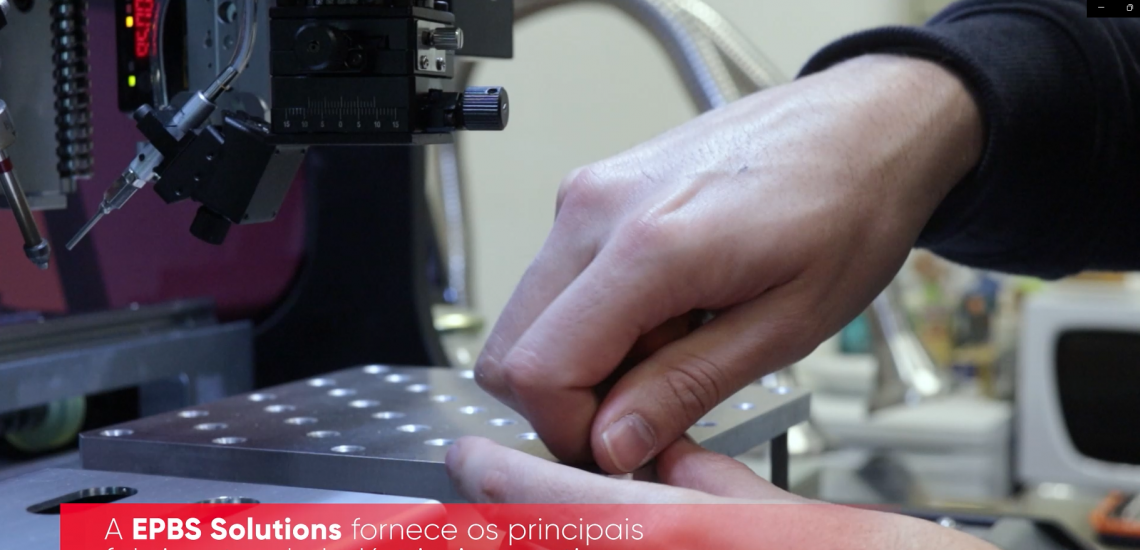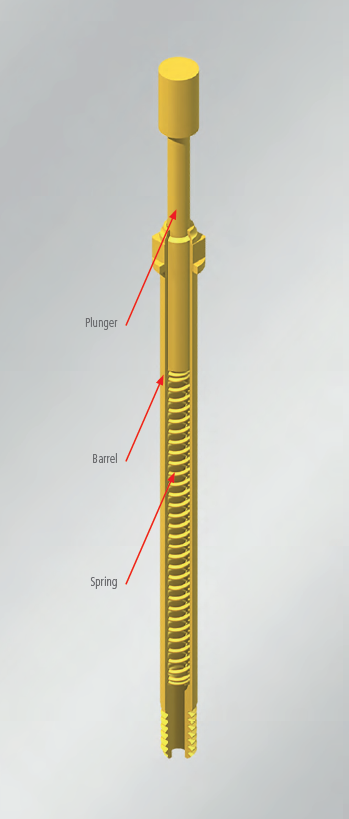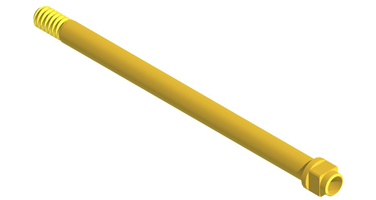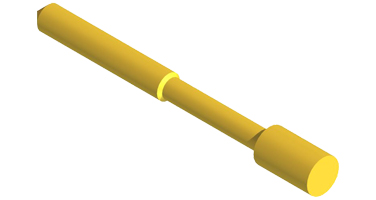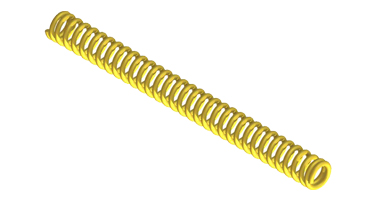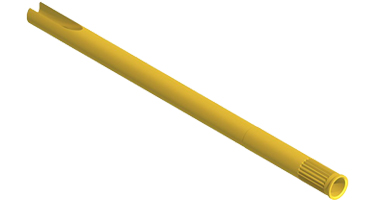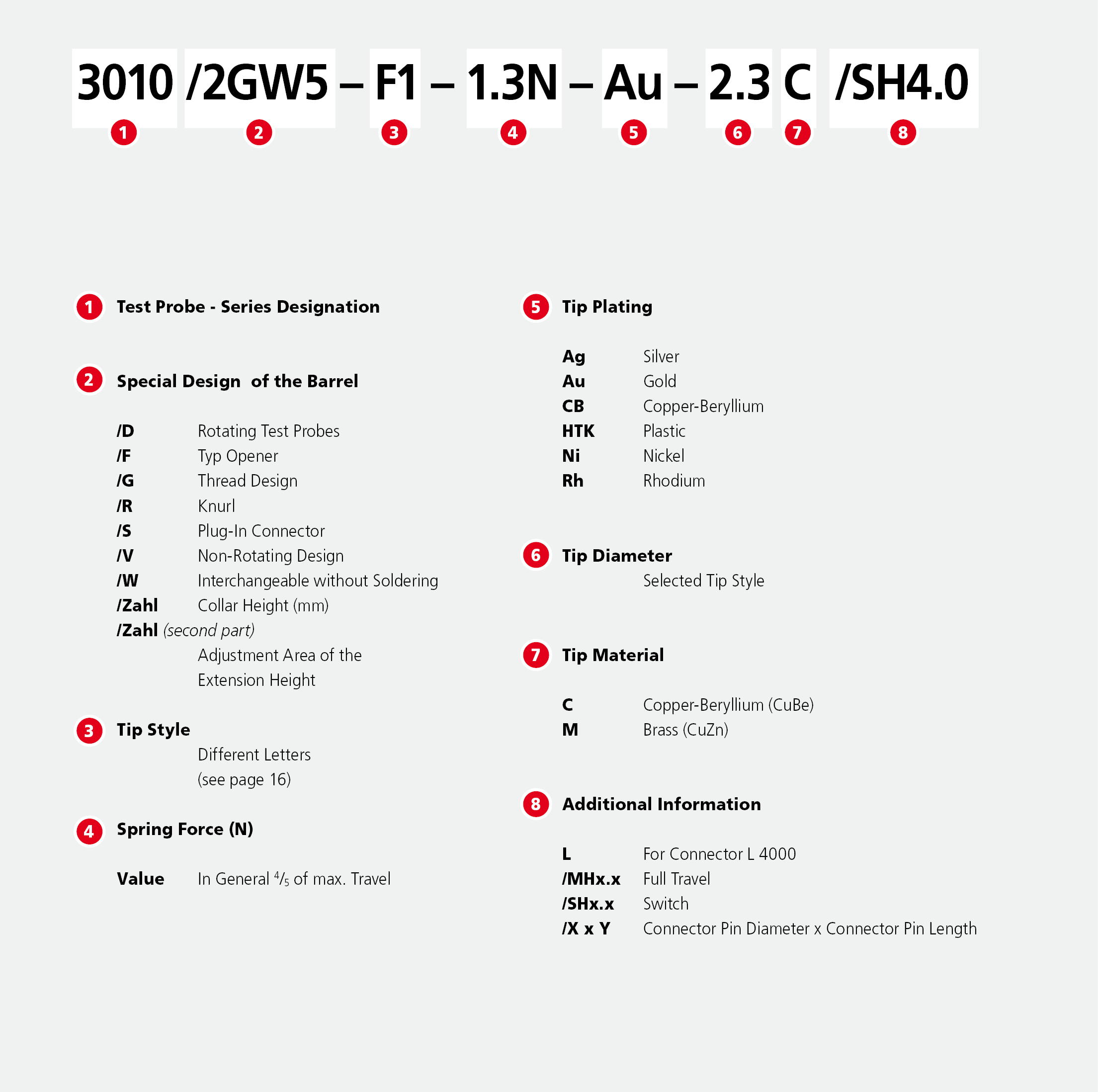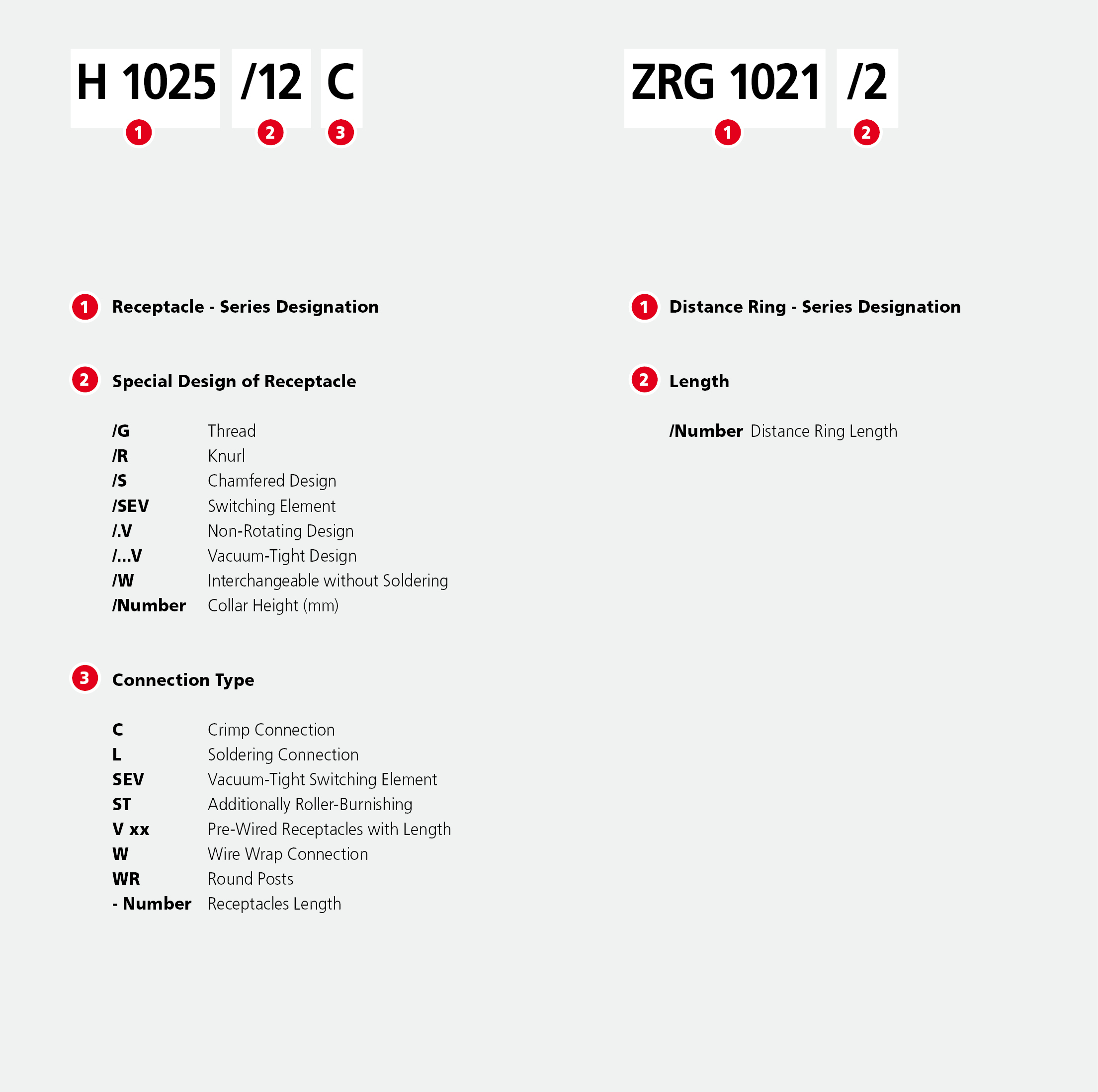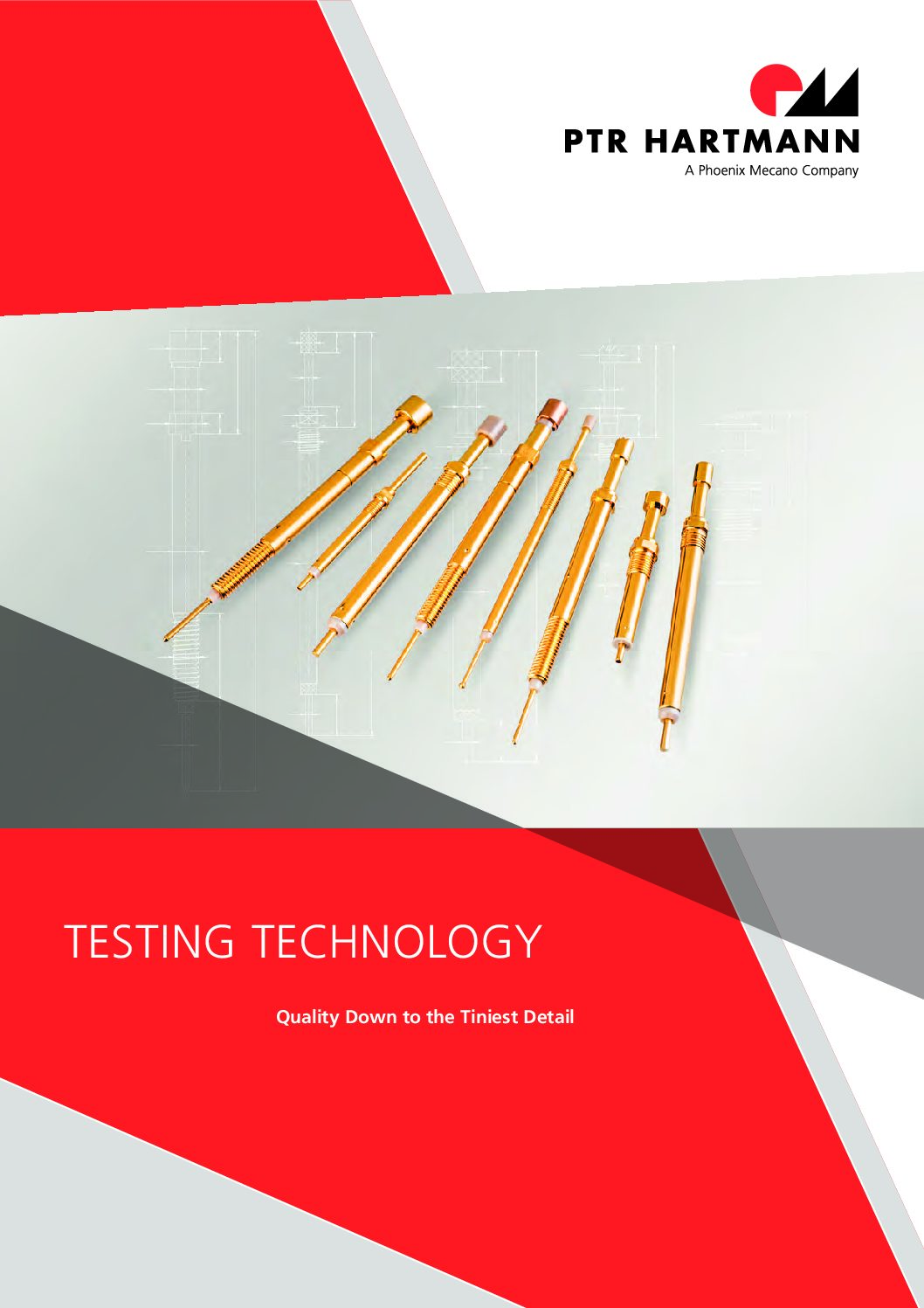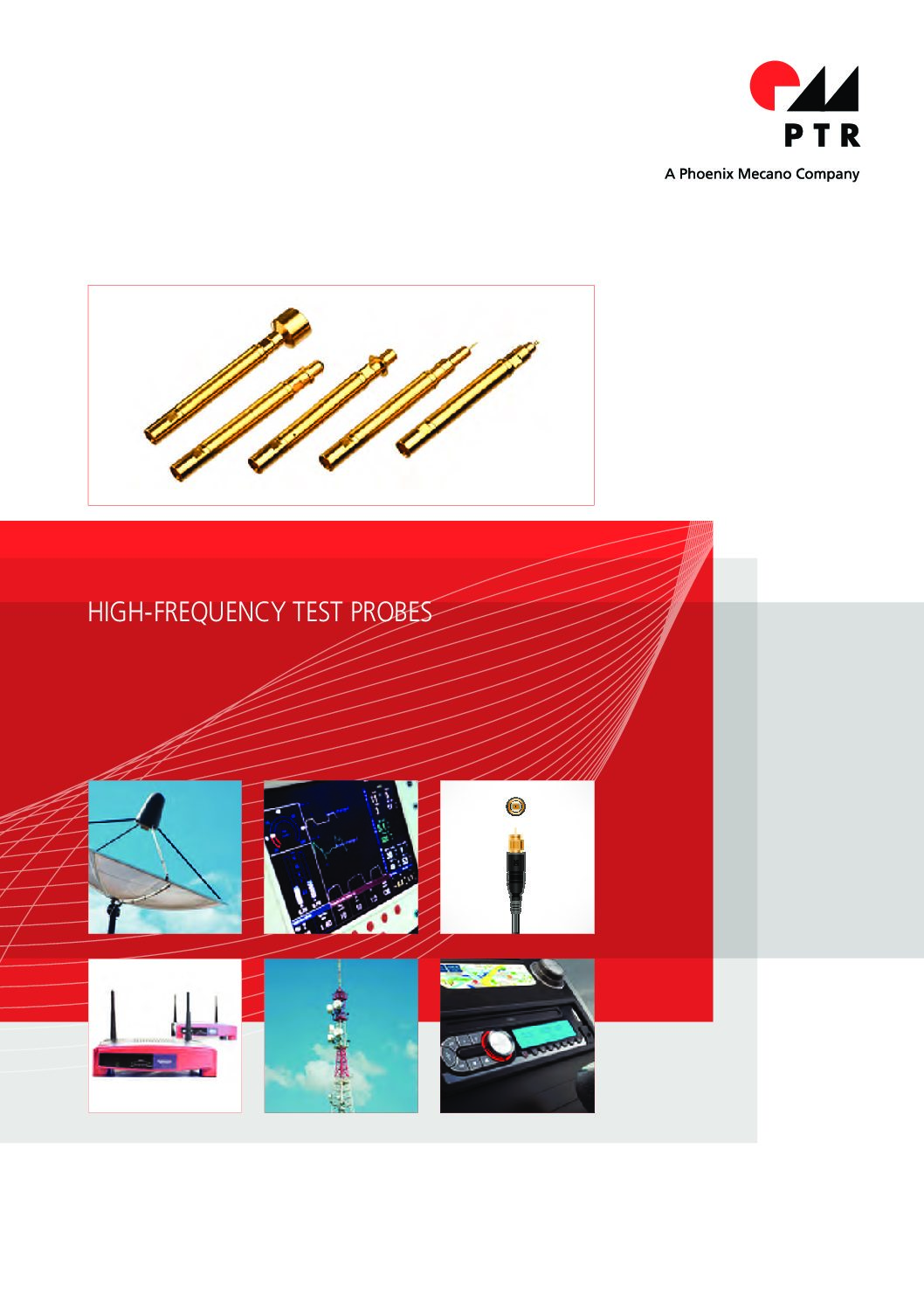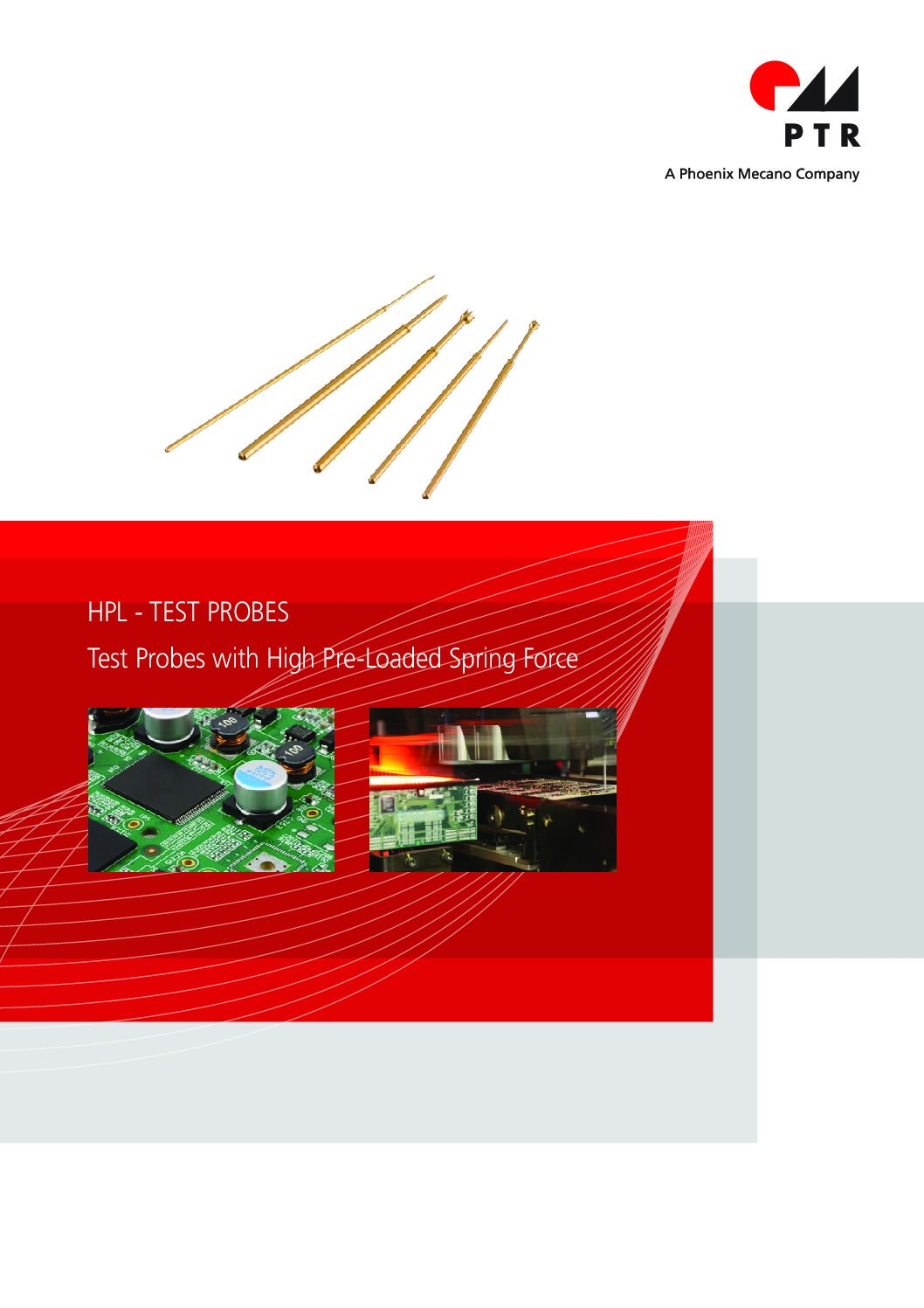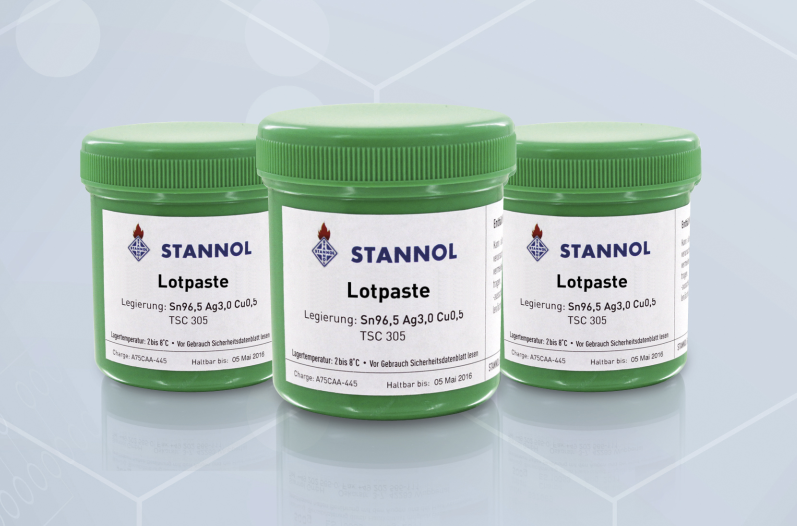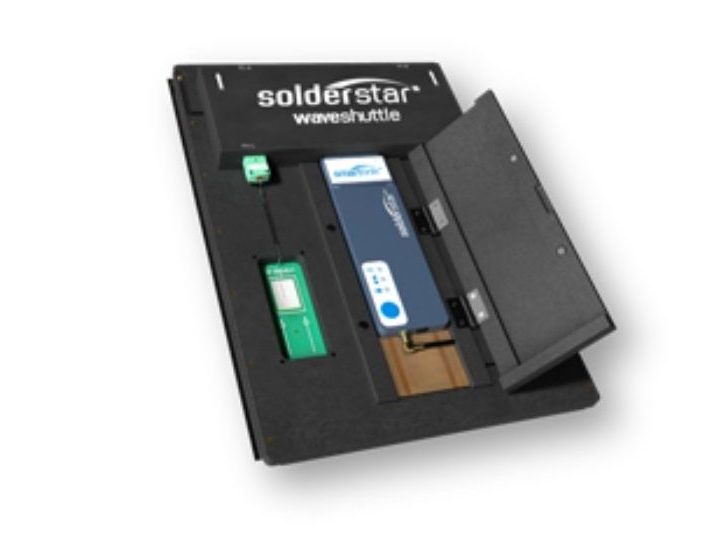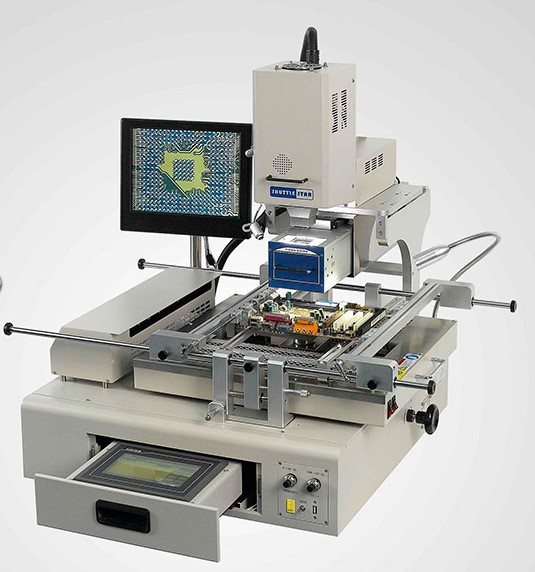Test Probes
The Group Phoenix Mecano is a global player in the enclosures and industrial components segments, has a streamlined operating structure and is a leader in many markets. Geared towards the professional and cost-effective manufacture of niche products, it helps to ensure the smooth operation of processes and connections in the machine industry and industrial electronics. Its products are used in the mechanical engineering, measurement and control technology, alternative energy, medical technology, aerospace technology and home and hospital care sectors, amongst others.
PTR HARTMANN GMBH develops, manufactures and sells electromechanical components for industrial and consumer-oriented applications. The range of products manufactured by and available to PTR extends from terminal blocks and multi connector systems, precision test probes right up to DIN rail terminal blocks for professional industrial use. Our unique products are used in a very large number of countries, and over the years our company has continued to make its name well-known on the world market: PTR HARTMANN’s name is always associated with “reliability in supply performance” and “good product quality”.

Test Probes Application Areas
Test Probes are used in the manufacture of electronic products to test PCBs. When fitted in test adapters, they carry out in-circuit tests and function tests. The aim is to optimize production by raising quality and reducing costs, factors which are caused by faulty components.
The test probes also plays an important part in the automotive industry, where they are used in test modules for testing connectors in cable harnesses. Thus, test probes are an important link in meeting the high quality standards found in automobile manufacture.
Test Probes Typical Design
In its basic construction, a test probe consists of three parts – the barrel, the plunger and the spring. The electrical contact to the test piece is created by the plunger, which, together with a spring, is inside the barrel. The individual parts are connected moveably with each other by means of mechanical re-shaping.
Barrels
Barrels of the PTR test probes are made of bronze, brass or nickel silver. They are manufactured by either deep-drawing or milling tubing or solid rods. A gold coating ensures excellent contacting characteristics. A barrier layer provides very good protection against corrosion.
The barrel protects the moving parts. At the same time, small tolerances ensure precise plunger guidance.
Plungers
The plunger must conform to very high standards. It is a moving part which must be low-wear but at the same time highly conductive.
Close tolerances must be included in the above criteria when plungers are used for small centers. The plungers are manufactured with maximum precision on long-turning lathes and then refined. In most cases, the plunger is coated with gold.
Plungers are manufactured of hardened finegrained steel for use in heavy-duty operating time situations. The emphasis is on tips with extra penetration, for example pointed tips. Aged copper-beryllium (CuBe) is used for plungers, especially when high demands are made of electrical conductivity for longterm constancy. With regard to environmental aspects, these are taken care of by the 100% wet-processing of the beryllium and by the coating on the plungers.
Test probes with CuBe plungers are suitable for measurement tasks in the case of potential difference and for high-voltage applications.
The brass plunger design with equally good conductivity is suitable for low-wear applications, e.g. charging contacts with very short travel and non-aggressive tip styles.
Alternatively, the plungers are fitted with different improvement coatings which, in addition to the electrical conducting and contact characteristics, are intended to satisfy specific requirements in respect of abrasion resistance and corrosion protection.
Springs
For the most part, springs are manufactured of spring steel wire of the maximum strength category with a special surface finish. The working temperature range for these springs between -30°C and +120°C also determines the operating temperature range for the complete spring contact probes. High-strength stainless steel wire is used with higher temperatures up to +250°C and when increased demands are made of corrosion protection. However, with this wire, it is not possible to achieve such high strength or spring force values as with spring steel wire.
Normally, gold is used as a surface coating because it reduces wear and improves the contact characteristics. The coating is applied in such a way that the structural characteristics of the high-strength spring material are affected as little as possible. In special cases, the springs are silver-coated (improved conductivity) or stainless steel springs are not given an additional coating.
The rated spring force of the spring contact probes refers to the working travel, which, as a rule, is 4/5ths of the maximum permitted plunger stroke travel.
Receptacles
Receptacles are fitted firmly in the relevant probe location boards in order to permit the replacement of the spring contacts without wiring work when the limit to the operating life is reached.
Base materials for the receptacles are bronze, nickel silver or brass. Gold plating ensures good electrical properties, with nickel underneath for corrosion protection.


